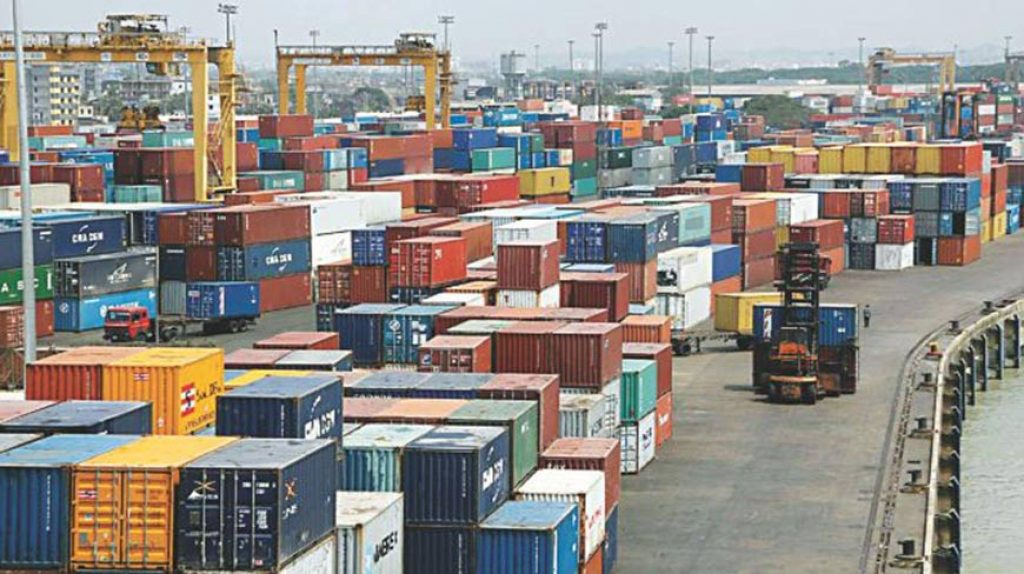Shortage of lighter vessels is causing mother vessels to pay huge demurrage charges, while cargo handlers are unable to optimally use their equipment and labour. Ultimately, the importer has to pay the price
Persistent shortage of lighter vessels has come to slow down the operational capacity at the premier port of Chattogram, something calling for priority attention. The problem has left a knock-on effect on the entire supply chain from smooth port operation to businesses dependent on it to, finally, delivery of the imported goods to their end users. Failure to clear their imported goods from Ocean-going vessels at the outer anchorage is forcing them to stay longer than scheduled, while the importers are paying big sums in demurrages charged by the shipping companies for each day of overstay of the mother ships at sea. The cargo handlers, on the other hand, are not able to make optimum use of their equipment, while labourers remain idle. But their handlers have to pay their daily wage all the same. It adds to the overall cost of cargo handling. All these costs leave their cumulative effect on the value of imported goods.
The critical dependence on lighter vessels is contingent upon certain inherent factors: The limited number of jetties and, more important, their shallow draft to name the obvious two. These impel the lighter vessels to be a vital link with the mother ship at the outer anchorage, on the one hand, and between the jetties and the inland ports, on the other. The ongoing crisis of cargo handling owing to scarcity of such vessels is not something coming out of the blue. It has a history. One contributing factor is a ‘temporary’ ban slapped by the shipping department on further construction of the vessels between 2015 and 2017. The problem was compounded by warehouse shortage leading to many lighter vessels remaining afloat for a longer time than affordable.
Although there should have been 500 of these vessels in operation, the number has dwindled to 50-60. Yet the basic minimum requirement is put at 150 ships to load and unload goods from mother vessels at sea. Understandably, businesses have been hard hit by the crisis which is why they would like to see an early end to it even if that necessitates duty-free import of lighter vessels. Building new vessels in an adequate number if the authorities give green light would take two to three years. That is why the talk of duty-free or duty-waived import of such key vessels.
The continuing cargo handling crisis of the port cannot be resolved by adopting any stop-gap measures. Recent years have seen a huge increase in the volume of import. To match this development, the capacities of the existing low-draft jetties should be increased so that they can allow larger ships to anchor in. Not too long ago, the principal port had earned the reputation of being the 64th busiest container port in the world with its record increase in container handling capacity. While a durable answer to the lingering problem is sought and provided for, short- and medium-term measures like procuring adequate number of lighter vessels and building some of them based on indigenous capacity need to be put in place.
Courtesy: The Indian Express







